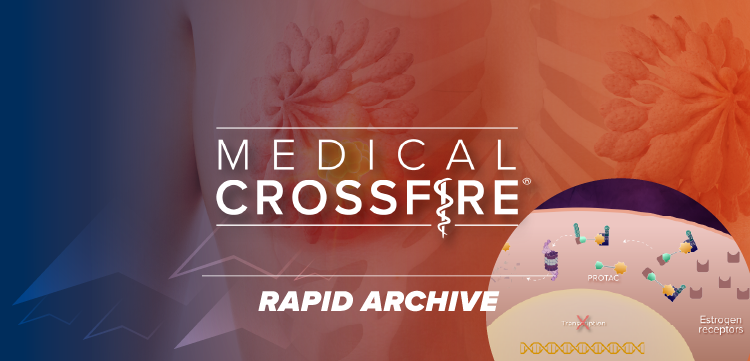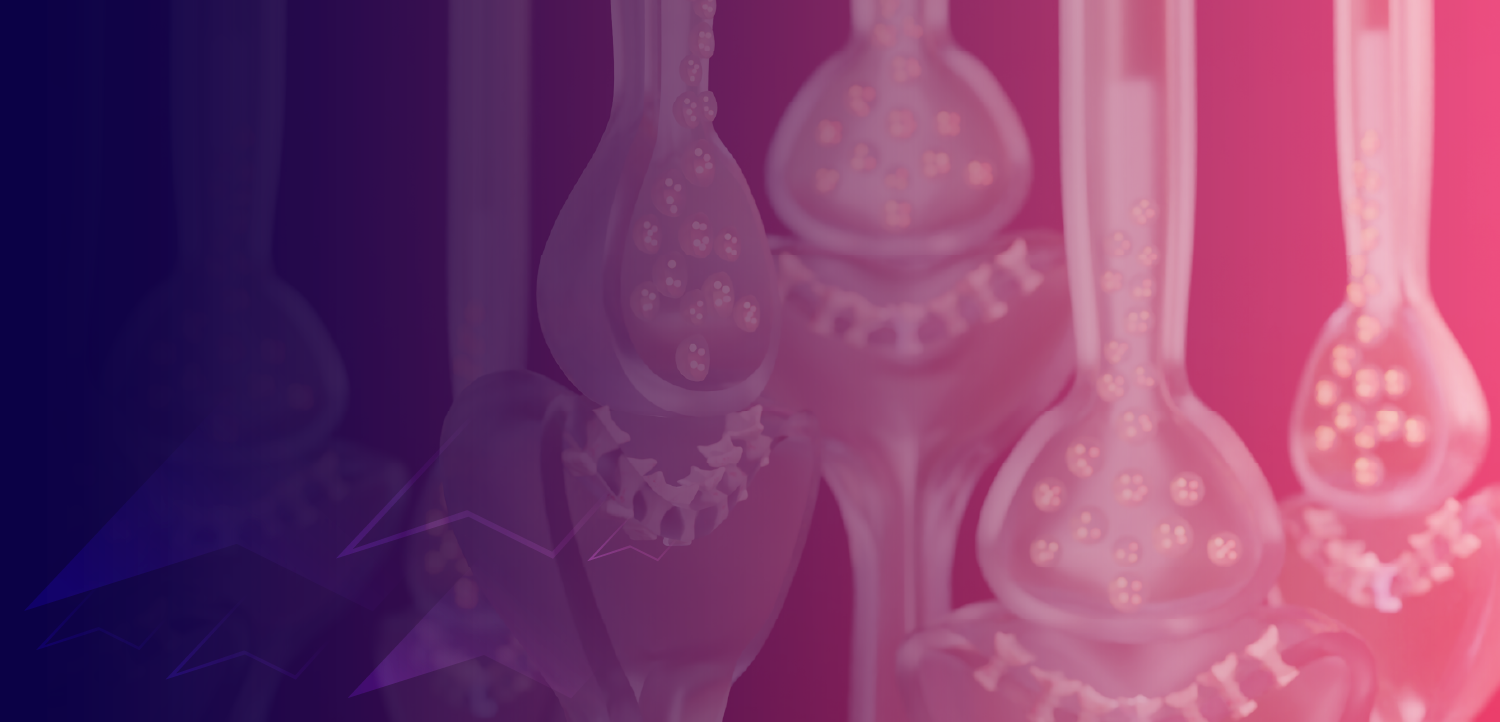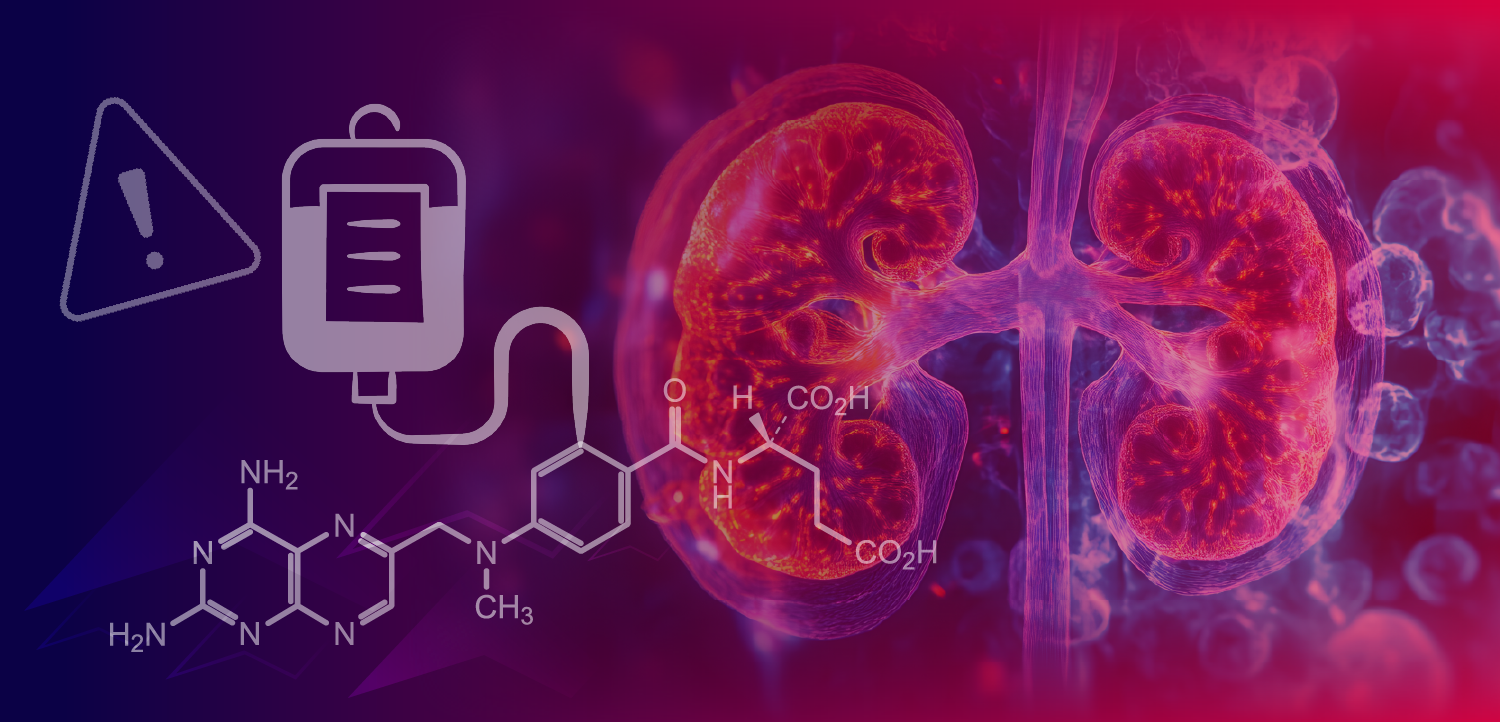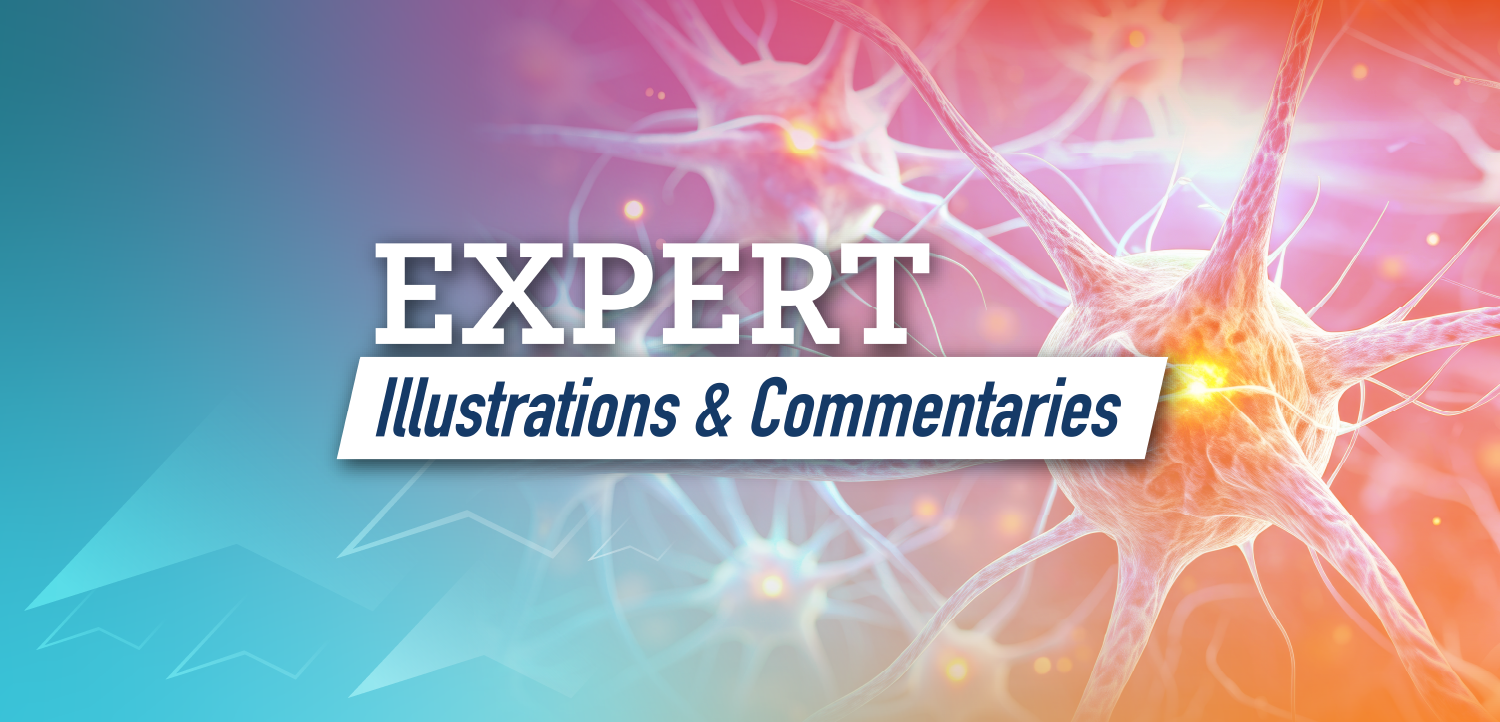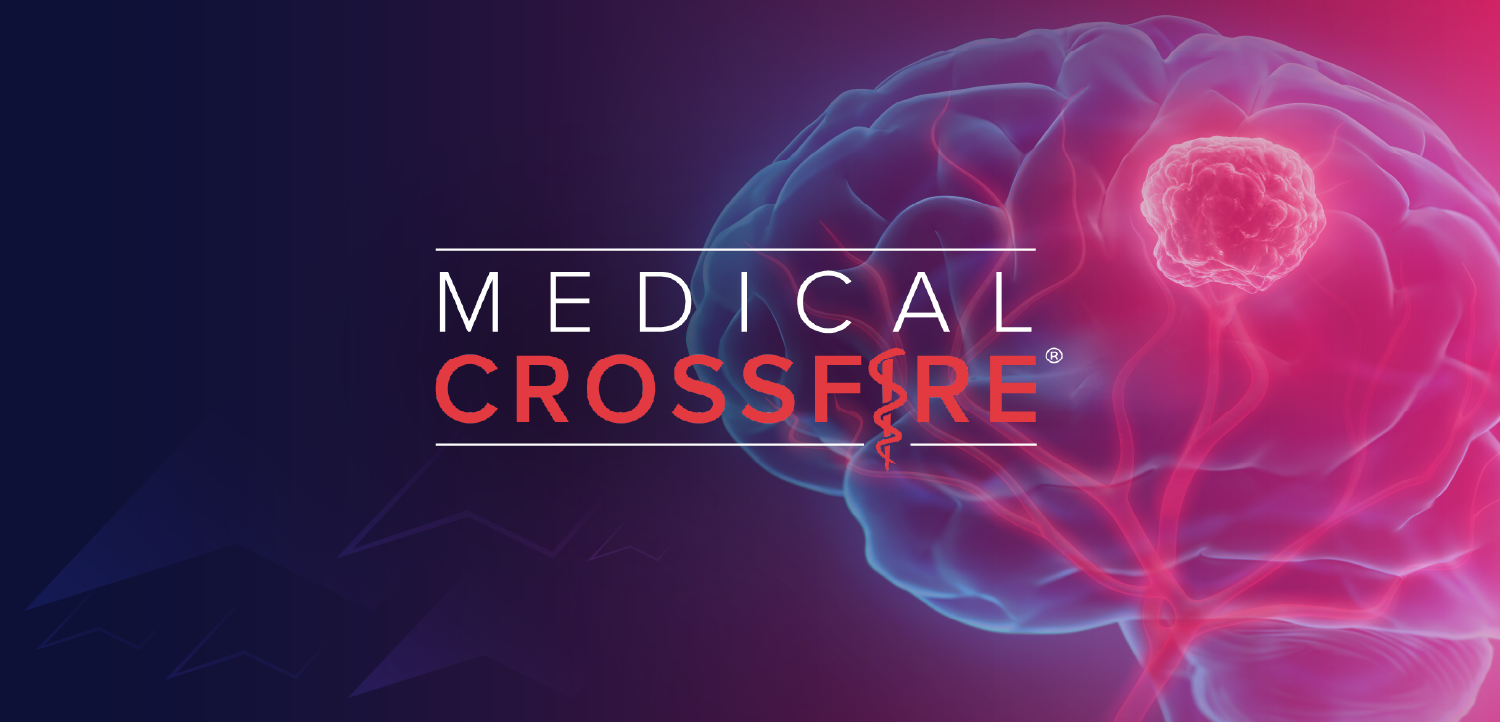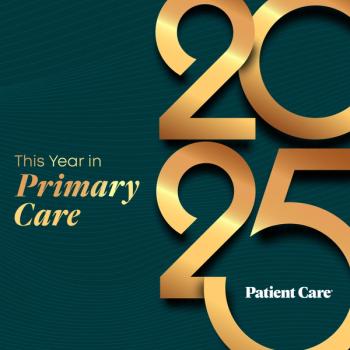
Depression & Anxiety in Adults with Chronic Pain: A Meta-Analysis Review
Approximately 40% of adults with chronic pain have comorbid anxiety and/or depression, underscoring the importance of routine screening in this population.
It has long been established that chronic pain, depression, and anxiety are common comorbidities. In fact, there is evidence that after controlling for a range of biopsychosocial factors, depression and anxiety are among the top predictors of chronic pain.1 Moreover, population studies have found that between 20% and 40% of adults with chronic pain have comorbid anxiety and depression.2
A recent systematic review and meta-analysis of studies on the overlapping conditions sought to better understand the current prevalence and to characterize the relationships.3
1. Tanguay-Sabourin C, Fillingim M, Guglietti GV, et al; PREVENT-AD Research Group. A prognostic risk score for development and spread of chronic pain. Nat Med. 2023;29(7):1821-1831. oi:10.1038/s41591-023-02430-4
2. De La Rosa JS, Brady BR, Ibrahim MM, et al. Co-occurrence of chronic pain and anxiety/depression symptoms in U.S. adults: prevalence, functional impacts, and opportunities. Pain. 2024;165(3):666-673. doi: 10.1097/j.pain.0000000000003056
3. Aaron RV, Ravyts SG, Carnahan ND, et al. Prevalence of depression and anxiety among adults with chronic pain: a systematic review and meta-analysis. JAMA Netw Open. 20258(3):e250268. doi:10.1001/jamanetworkopen.2025.0268
Newsletter
Enhance your clinical practice with the Patient Care newsletter, offering the latest evidence-based guidelines, diagnostic insights, and treatment strategies for primary care physicians.
















